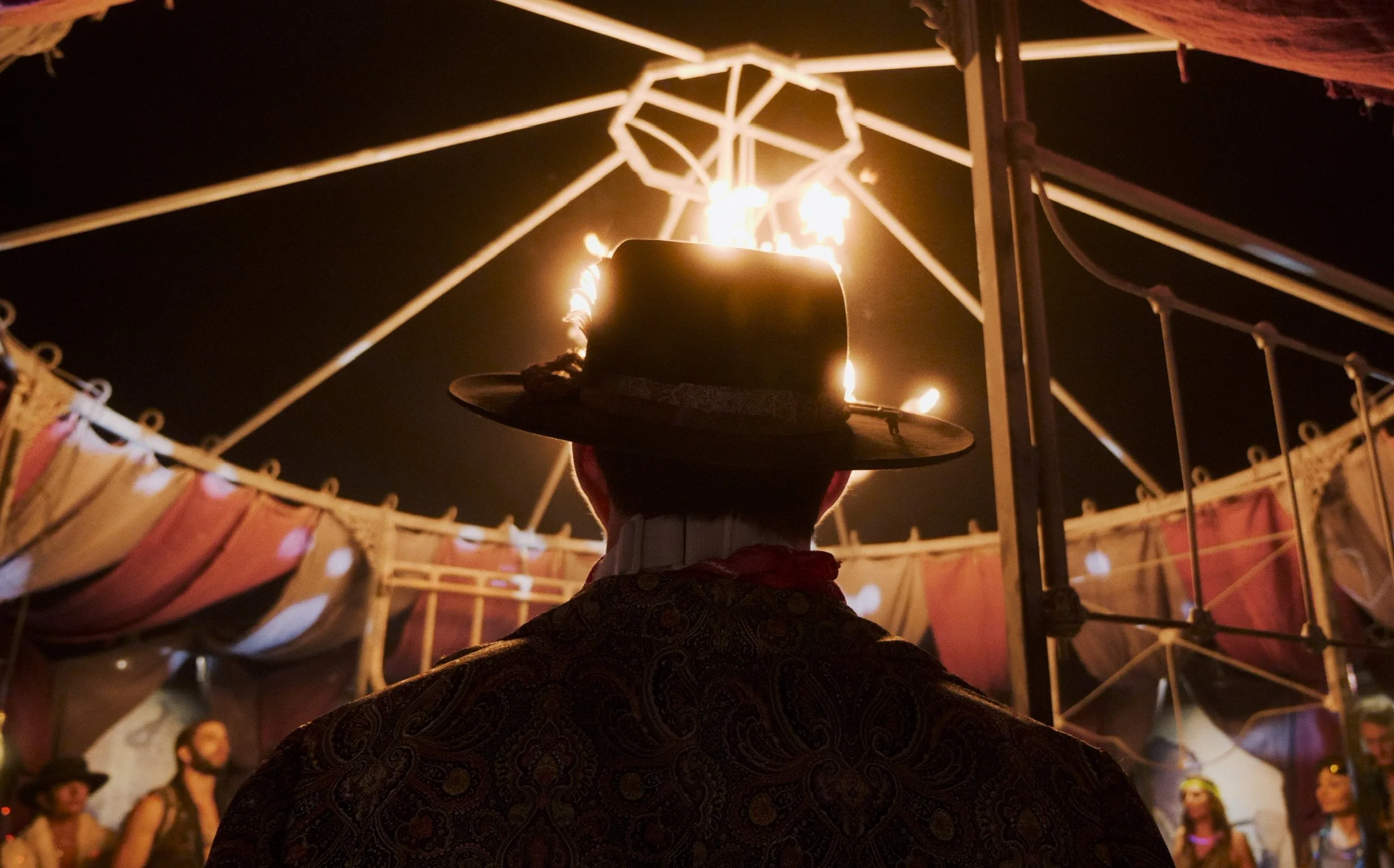Painting with Light: Exploring the Significance of Color in Filmmaking
Understanding the Role of Color in Filmmaking
Understanding the role of color in filmmaking is crucial for creating visually stunning films. Color plays a significant part in setting the mood, conveying emotions, and enhancing the storytelling. Here are a few key points to consider when understanding the role of color in filmmaking:
Color can evoke specific emotions and create an atmosphere that influences the audience's perception and engagement.
Through the clever use of color, filmmakers can emphasize certain themes or motifs, and even manipulate the audience's perception of time and space.
Different color schemes, such as complementary, analogous, or monochromatic, can be utilized to enhance the visual impact and overall aesthetic of a film.
Understanding how color impacts storytelling and visual aesthetics is essential for filmmakers looking to create immersive and captivating cinematic experiences.
Creating Emotional Impact Through Color
Using color in films is a powerful way to evoke emotions and create a visually striking impact. Filmmakers strategically choose colors to immerse the audience in the story and convey mood and atmosphere. By manipulating color palettes, directors can enhance the emotional depth of their films, enhance the atmosphere, and communicate symbolism. Warm colors like red, orange, and yellow can convey energy, passion, and warmth, while cool colors like blue, green, and purple can evoke calm, sadness, or mystery. Additionally, contrasting colors can create visual tension, drama, or highlight specific elements. Using color in film is a subtle yet impactful tool for filmmakers to connect with the audience on an emotional level.
Color Symbolism and Visual Storytelling
Color plays a crucial role in conveying emotions and themes in films. For example, red is often associated with passion and danger, while blue can symbolize calmness or sadness. By using different colors, filmmakers can create visual cues to guide the audience's emotions and understand the underlying messages of the story. It's an effective tool for creating a compelling and visually stunning narrative.
Color Grading and its Effect on the Audience
Color grading is a crucial part of filmmaking because it helps set the mood and tone of a film. The colors used in a film can evoke specific emotions in the audience and contribute to the overall storytelling. By adjusting the colors through color grading, filmmakers can create visually stunning and impactful scenes that draw viewers into the story. The use of warm or cool colors, saturation levels, and contrast can all affect how the audience perceives the film. Understanding the impact of color grading can help filmmakers create more engaging and memorable visual experiences for their audience.
Techniques for Enhancing Visual Appeal
To enhance the visual appeal of a film, directors and cinematographers often utilize various techniques to play with color. One such method is through the use of color grading, where they can adjust the hues and tones to evoke specific emotions or create a particular atmosphere. Another technique is the use of contrasting colors to create visual interest and draw attention to specific elements within a scene. By carefully selecting color palettes and considering the psychological effects of different colors, filmmakers can create visually stunning and immersive experiences for their audiences.
Case Studies of Visually Stunning Films
In the film industry, color plays a crucial role in creating visually stunning films. A few case studies illustrate this point:
The use of vibrant colors in "The Grand Budapest Hotel" contributes to the film's whimsical and visually enticing aesthetic.
The contrasting color palette in "La La Land" adds depth and emotion to the storytelling, enhancing the overall cinematic experience.
"Avatar" leverages a combination of vivid hues and contrasts to transport viewers to an otherworldly environment, captivating audiences with its immersive visual spectacle.
Collaborating with Cinematographers and Set Designers
When filmmakers collaborate with cinematographers and set designers, the result is visually stunning films. The cinematographer works closely with the director to capture the desired mood and atmosphere through the camera angles, lighting, and color schemes. Set designers are responsible for creating the physical environment that complements the story and characters. Their collaboration is essential in crafting visually captivating scenes that enhance the overall storytelling.
Incorporating Color Theory into Film Production
Color theory plays a crucial role in creating captivating and visually stunning films. By incorporating color theory into film production, filmmakers can evoke specific emotions, set the mood, and enhance storytelling. Understanding the psychology of colors and their impact on the audience can help in effectively conveying the intended message or theme of the film. Additionally, the use of complementary colors, color symbolism, and color schemes can contribute to the overall visual appeal and aesthetic of the film.
Audience Response and Engagement
To engage with your audience, color effectively helps to evoke emotions, create atmosphere, and convey meaning in films. Research has shown that the use of color can influence the audience's emotional response and engagement with the story being told. Color also plays a significant role in capturing the audience's attention and maintaining their interest throughout the film. Filmmakers use color to guide the audience's focus, highlight important elements, and enhance the overall visual experience. By understanding the psychology of color and its impact on audience perception, filmmakers can effectively utilize color to engage their viewers on a deeper level.
Conclusion: Harnessing the Power of Color in Filmmaking
To conclude, color plays a crucial role in creating visually stunning films. It has the power to evoke emotions, set the tone, and enhance storytelling. By harnessing the power of color, filmmakers can captivate their audience and convey their intended messages more effectively. Understanding color theory and its impact on the audience's perception can elevate the overall cinematic experience, making films more immersive and memorable. As a filmmaker, embracing the significance of color can lead to more impactful storytelling and a deeper connection with the audience.

